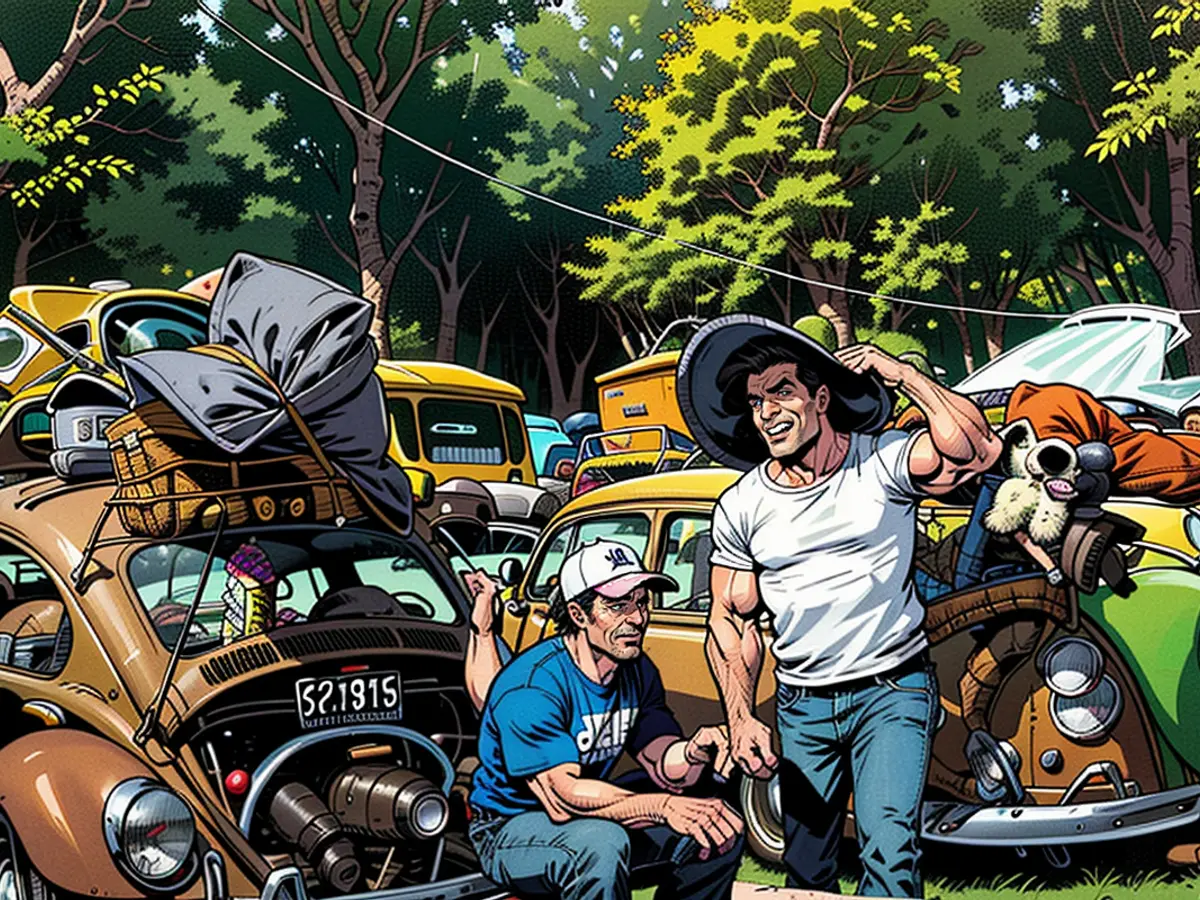The VW Beetle stirs up nostalgia for times past, yet in Mexico, it remains a current fixture.
In Mexico, despite the last Beetle being produced at Volkswagen's main facility in Puebla in 2003, this iconic vehicle continues to thrive. Reinvented and reenergized by its cultural influence, Mexico remains one of the few places with a tangible taste of Beetle-mania still lingering.
The car's charming, vivid exterior and rear-mounted, air-cooled engine propelled it to renowned fame and cult status, a level that no gas-powered car will likely achieve again. While heartwarming stories of the beloved vehicle permeate our memories, the car that once held the title of the world's best-selling vehicle has all but vanished from American roads, taking refuge in automotive museums and collector's parking lots.
Navigating the bustling streets of Mexico City, tackling treacherous mountain roads in Oaxaca's Sierra Norte, and transforming into a mobile food truck serving delicious Mexican cuisine, the "Vocho," as the Beetle is known in Mexico, remains a constant presence.
Mere seconds before he was interrupted by the unmistakable sound of a Vocho approaching, Jesus Delgado, president of the 'Ixmi Volks Club,' told CNN, "When I hear a Vocho's engine, I see my wife waving goodbye to me as she heads to the shops. I see the excitement on my son's face as I took him for his first driving lesson." Delgado lost his wife to Covid in 2020, and his sons are now grown, but according to him, "the emotional memories feel even more real when I'm around the car."

The first Beetle arrived on Mexican shores in 1954 as part of an exhibition to highlight Germany's industrial growth. Sales were moving slowly in the United States, yet Volkswagen faced challenges due to post-war anti-German sentiment for the car, which had been envisioned under Adolf Hitler's direction in 1934.
Hitler entrusted the task of manufacturing a small, affordable car to carmaker Ferdinand Porsche, but the outbreak of World War II halted commercial production. It wasn't until 1945 that production resumed, when allied forces discovered the remnants of a car factory in northern Germany, damaged but still standing, with a single Volkswagen Beetle among the wreckage.
A flash of genius from Julian Koenig, an American advertising executive, played a pivotal role in Volkswagen's resurgence. Partnering with a team of sharp-dressed Madison Avenue ad executives, he launched the influential "Thinking Small" advertising campaign, which shifted the American public's focus towards smaller, more fuel-efficient, and more affordable cars that wider audiences could afford.
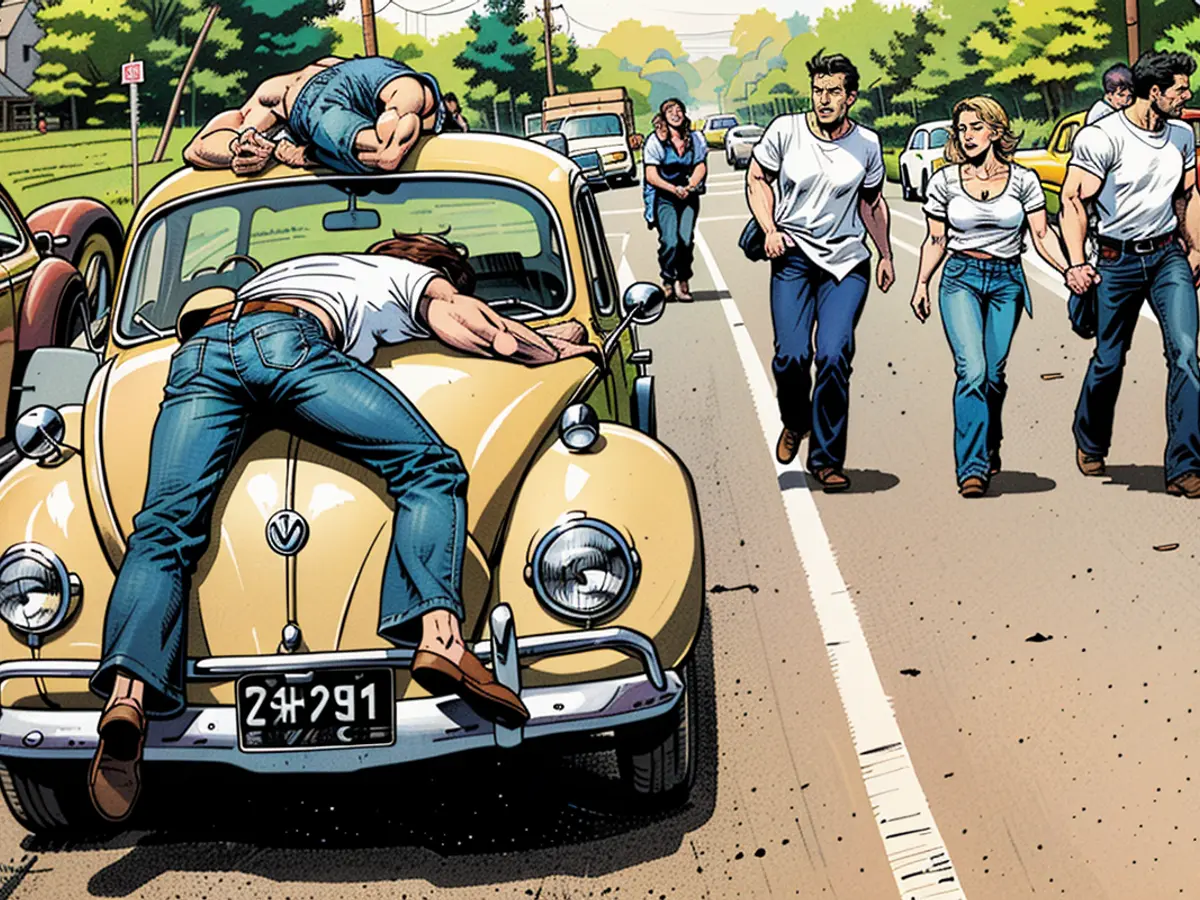
but nobody could have foreseen the Beetle's remarkable transformation into a counterculture symbol and talisman of the flower power movement in the United States.
As the Vietnam War raged, the Beetle came to epitomize a powerful social movement stemming from anti-war protests across the United States and continued to symbolize "peace and love" throughout the era, as Beetles arrived in droves at the Woodstock Festival in 1969. It was an underdog with an unapologetic simplicity and a symbol lovingly embraced by countercultural hippies. In many ways, it had come to embody everything that Nazi Germany would have despised.
A vibrant legacy
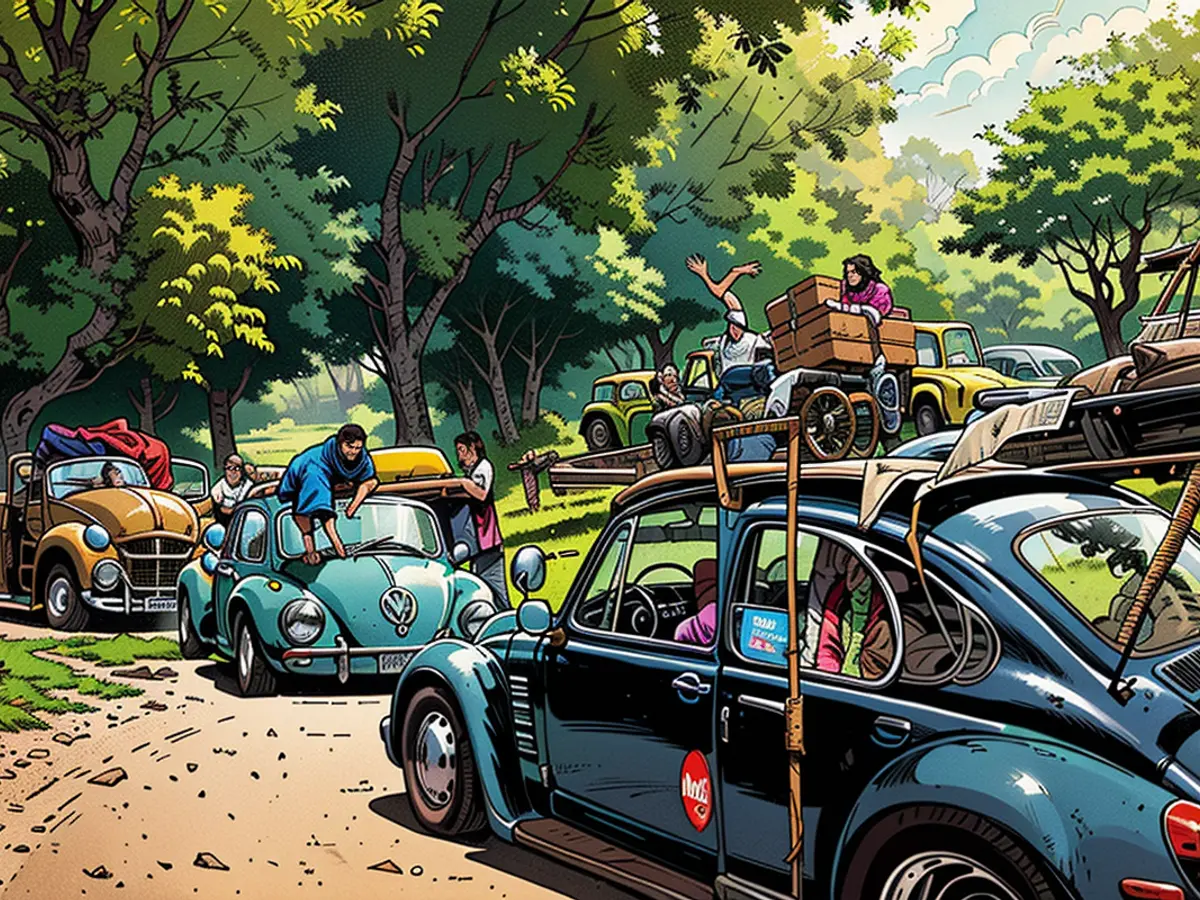
By 1972, it was the world's most-produced car, benefitting from the mainstream fame gained by Disney's "The Love Bug" and a robust supply chain, including a new factory in Puebla, Mexico, from where it was shipped globally.
When Volkswagen eventually called an end to the car's production in 2003, due to declining sales and a desire to focus on building more modern alternatives, the Beetle had been manufactured in Mexico for more years than it had in Germany.
Shortly after the announcement, BBC News reported that "its heritage will remain vibrant."
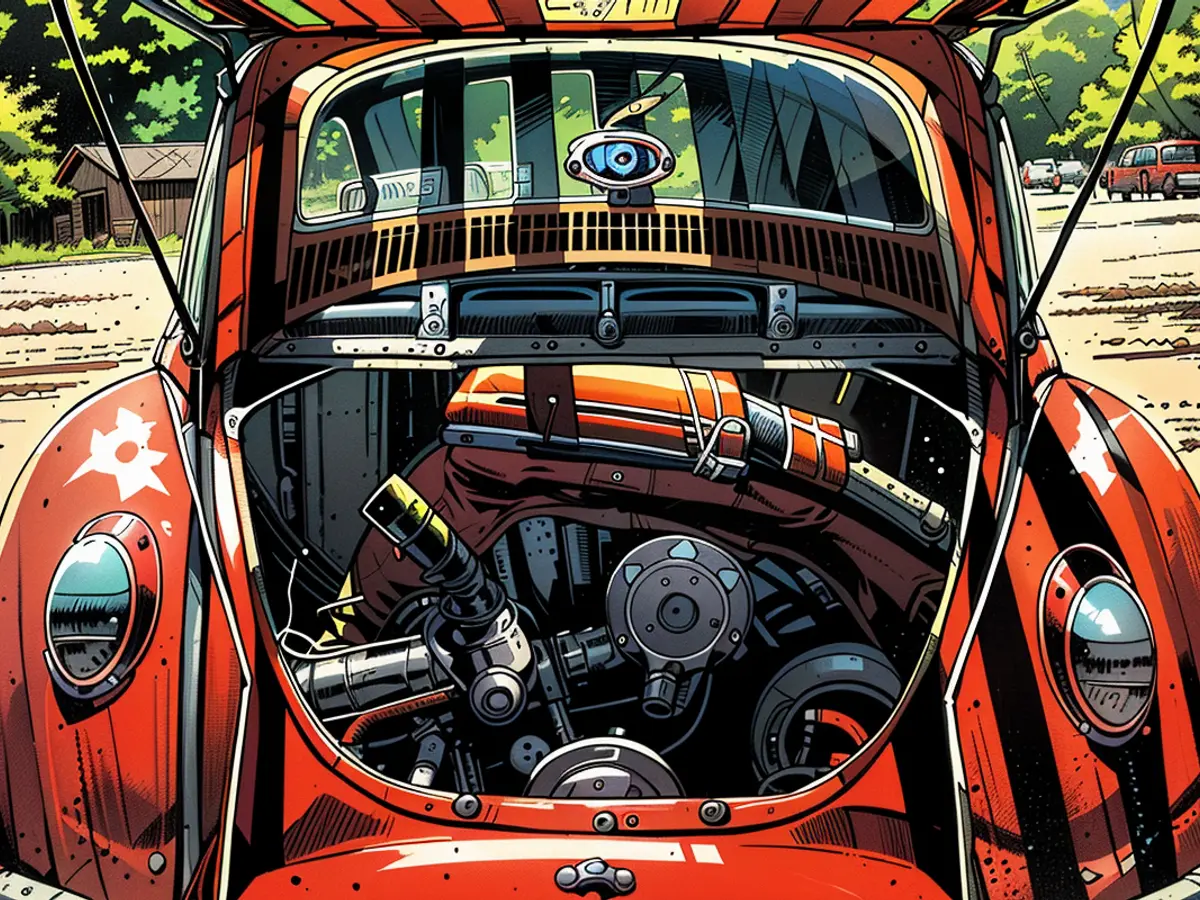
However, stricter emissions regulations and rising fuel prices gradually pushed it off the roads of Europe and in the United States, where it now serves its final, regal chapter in relative obscurity, catering to the rich and famous as a cherished toy.
Actor Chris Pratt restored his 1965 Beetle in 2016, describing it as "a dream to navigate the Hollywood hills in." In the same year, comedian Jerry Seinfeld sold his white 1960 model with a 36hp engine for $121,000, setting a world record for a Beetle sale. Three years later, fellow actor Ewan McGregor spent over $30,000 to convert his Beetle into a fully electric vehicle.
But Mexico remains an exceptional location to spot the iconic car's enduring curves and powerful engine's growl.
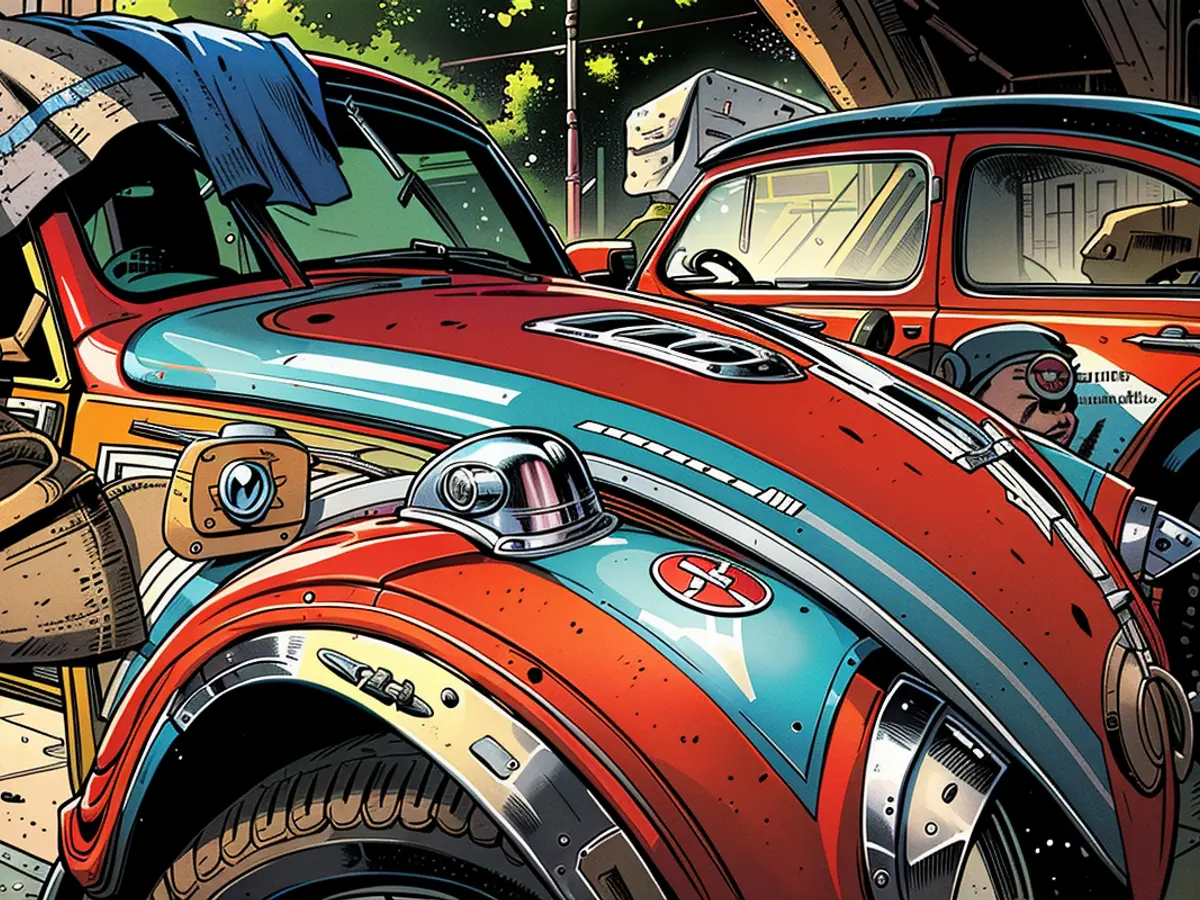
Jose Luis, whose 40-year career has been dedicated to restoring Vochos, was "deeply saddened" when the manufacturing ceased. He asserted that "although parts are now more expensive and more difficult to obtain, the desire of people in Mexico to own and drive them has remained the same."
For famous Mexican visual artist Betsabeé Romero, the car has played a crucial role in her career. In her studio on the outskirts of Mexico City, Romero sat next to one of five hollowed-out Vocho shells she would soon merge to create a bridge symbolizing the migrant journey.
"The Vocho is a symbol of our heritage and one we can all relate to," she said. "Each car is a piece of design history; it's uniquely democratic . . . Many people might have a favorite building but can't name the architect, or enjoy a style of art without knowing the artist or when it was created. But the car . . . We all have a favorite, and we all have a story to tell about it."
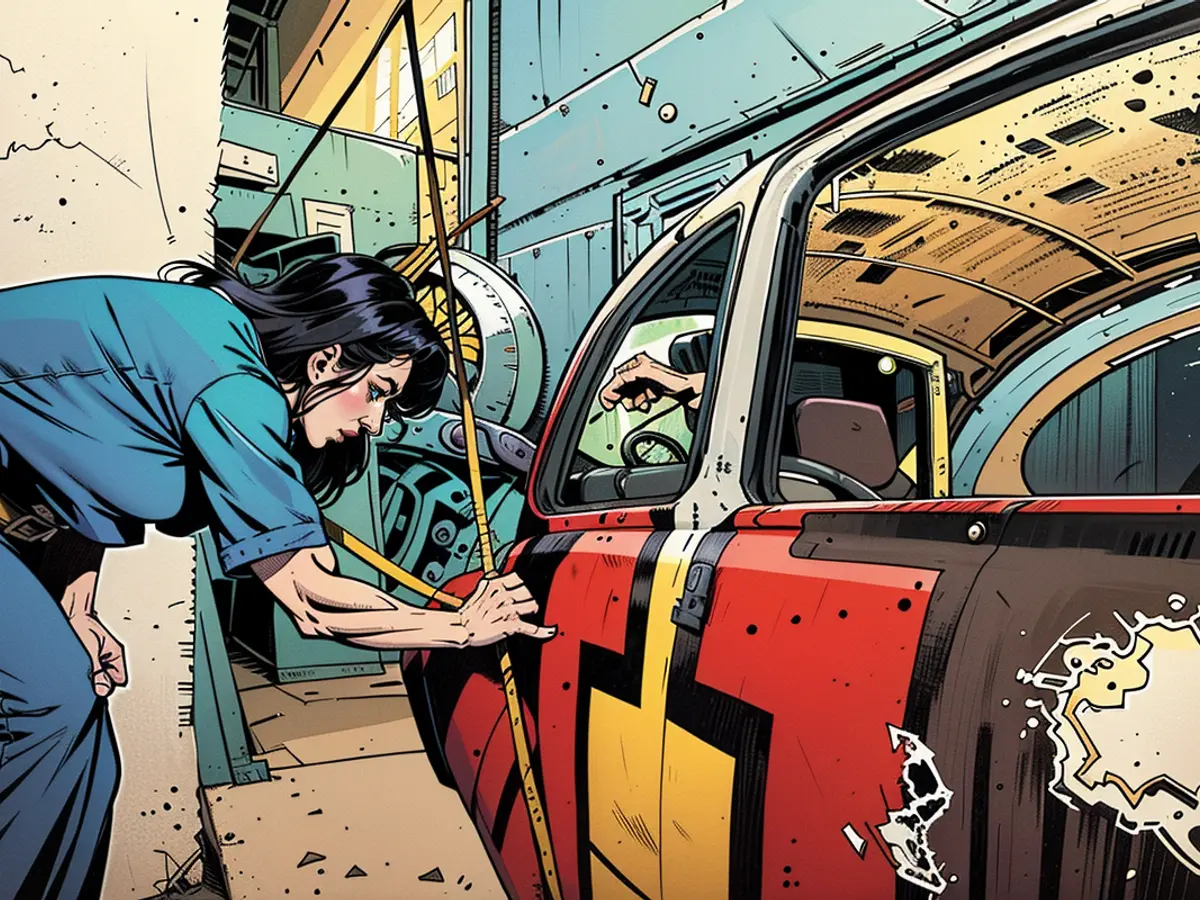
Contemporary automobile manufacturers are dealing with a significant hurdle in developing a vehicle that can spark the same worldwide interest, but it's uncertain if they'll ever be able to duplicate the Volkswagen Beetle's unmatched cult appeal.
The unique design and timeless style of the Beetle have inspired numerous artists in Mexico, such as Betsabeeé Romero, who uses hollowed-out Vocho shells as a symbol of migrant journeys in her works.
Mexican residents continue to cherish the Beetle's vintage charm, with Jose Luis stating that even though parts are scarce, the desire to own and drive one remains strong.
